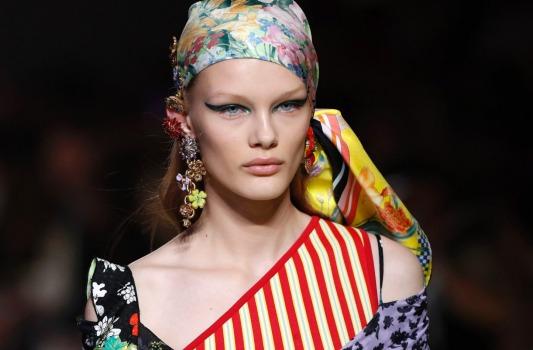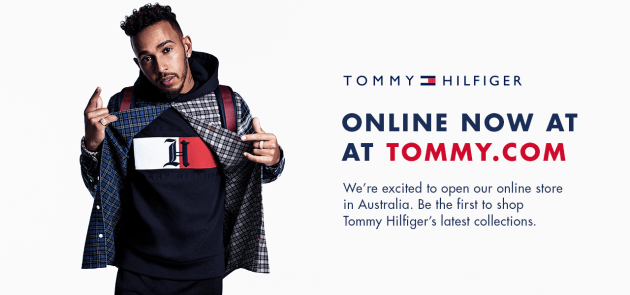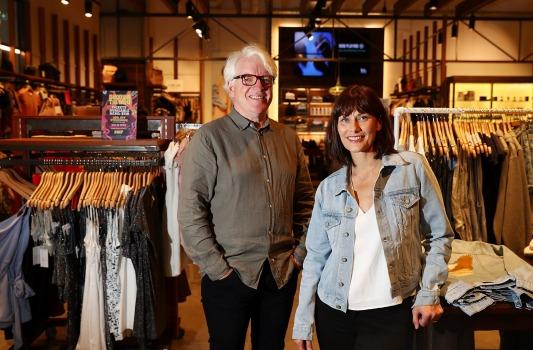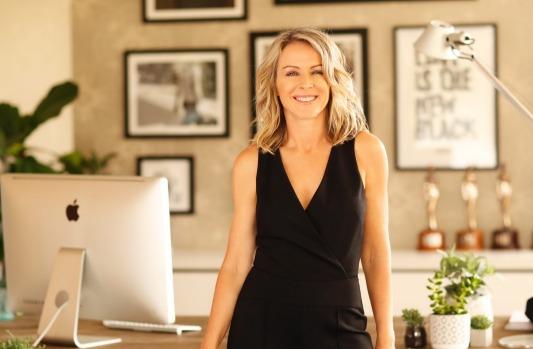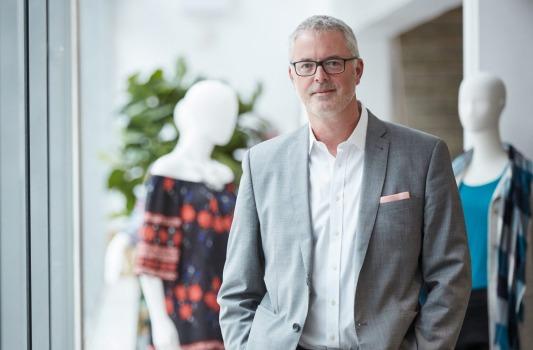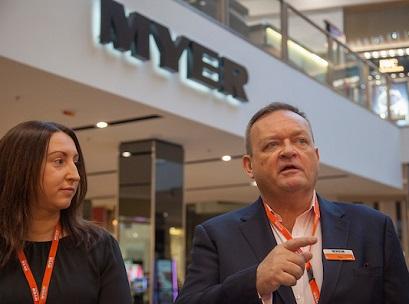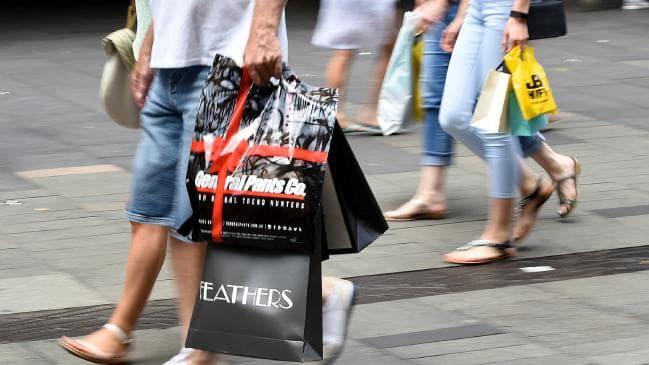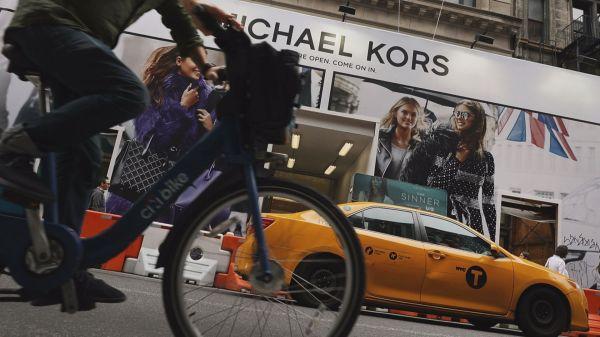
Michael Kors is going high end.
The handbag maker is acquiring the Gianni Versace fashion house for $2.1 billion, including debt, providing Kors a launching pad into the exclusive European luxury market.
Shares of Michael Kors were down slightly near midday Tuesday, after closing down more than 8 percent Monday when news of the deal leaked. Shares of rival Tapestry, the parent of Coach and Kate Spade, were down fractionally.
After deal closes, Michael Kors will change its name to Capri Holdings, inspired by an "iconic, glamorous and luxury destination" island, the company said. It will retain the Michael Kors brand name.
It plans to grow Versace to $2 billion in revenue globally and increase its retail footprint from roughly 200 to 300 stores. It also expects to expand accessories and footwear from 35 percent to 60 percent of revenue.
The deal marks one of the first times an American company has cracked the code of super high-end luxury fashion, typically controlled by LVMH, the owner of Guerlain and Givenchy, and Kering, the owner of Balenciaga and Yves Saint Laurent. Michael Kors had already dipped into European fashion last year by buying shoe brand Jimmy Choo for $1.2 billion.
As part of the deal, Donatella Versace, who has helped run the company since her brother Gianni was murdered in 1997, will stay on to oversee the label. Donatella, her brother Santo and daughter Allegra will also stay on as shareholders in the company. Versace's management team will continue to be led by its CEO, Jonathan Akeroyd.
That retention will be crucial to Kors as it looks to validate itself to other premium European brands and their visionaries.
Versace is profitable, says Michael Kors CEO Versace is profitable, says Michael Kors CEO
2 Hours Ago | 02:57
"We are all very excited to join a group led by [Michael Kors CEO] John Idol, whom I have always admired as a visionary as well as a strong and passionate leader. We believe that being part of this group is essential to Versace's long-term success," Donatella said in a statement Tuesday.
While the number of sizable U.S. brands to acquire has dwindled, the European luxury market has become rife with opportunity. As founders and owners of European luxury brands put an eye toward retirement, a number of businesses, like Prada and Giorgio Armani, have been turning up on wish lists for luxury retailers.
Michael Kors said Tuesday that following the deal, the company hopes to reduce its proportion of business in the Americas from 66 percent to 57 percent, while increasing its European business from 23 percent to 24 percent and Asian business from 11 percent to 19 percent.
The global market for personal luxury goods was estimated to be worth $307 billion in 2017, according to recently filed registration documents for luxury marketplace Farfetch, which went public last week. The luxury market is expected to reach $446 billion by 2025, according to the data.
The push further into luxury serves also as a defense for the next economic downturn, more than a decade after the last one in the U.S. Those who can afford a Versace dress are among the most likely to continue to spend during a recession than those who shop more affordably, industry experts say.
"Where Michael Kors has traditionally sat has been hit harder than true luxury [in recessions], so diversifying across traditional luxury may give them some insulation," said Kathy Gersch, executive vice president of strategy and change at management firm Kotter.
Still, Michael Kors has some challenges with the Italian brand known for its bold prints in the U.S., where Versace has been under-invested, industry bankers tell CNBC.
Michael Kors has been eyeing the luxury space for quite some time. Both it and competitor Tapestry suffered the repercussions of expanding their affordable luxury brands too widely, thereby diluting their stature in the process. Meantime, the malls in which shoppers often pick up their affordable luxury brands have become increasingly desolate as shoppers head online.
Private-equity firm Blackstone, which owns 20 percent of Versace, will cash out as part of its deal.



